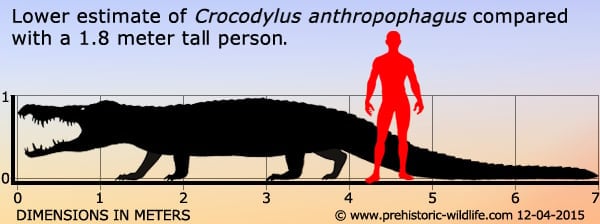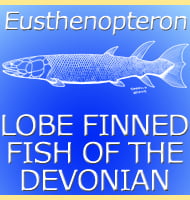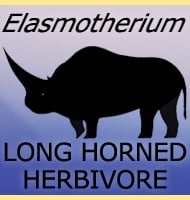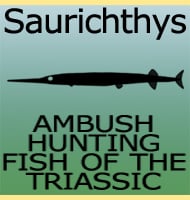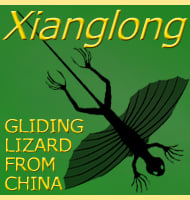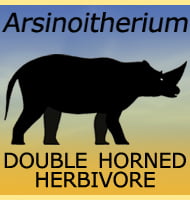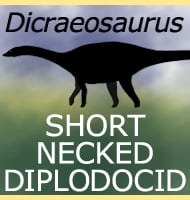In Depth
Further Reading
– A New Horned Crocodile from the Plio-Pleistocene Hominid Sites at Olduvai Gorge, Tanzania. – PLoS One 5(2). – C. A. Brochu, J. Njau, R. J. Blumenschine & L. D. Densmore – 2010. – A new cranium of Crocodylus anthropophagus from Olduvai Gorge, northern Tanzania. – Rivista Italiana di Paleontologia e Stratigrafia (Research in Paleontology and Stratigraphy). 127 (2): 275–295. – Beatrice Azzar�, Giovanni Boschian, Christopher Brochu, Massimo Delfino, Dawid Adam Iurino, Jackson Stanley Kimambo, Giorgio Manzi, Fidelis Taliwawa Masao, Sofia, Menconero, Jackson K Njau & Marco Cherin – 2021.
